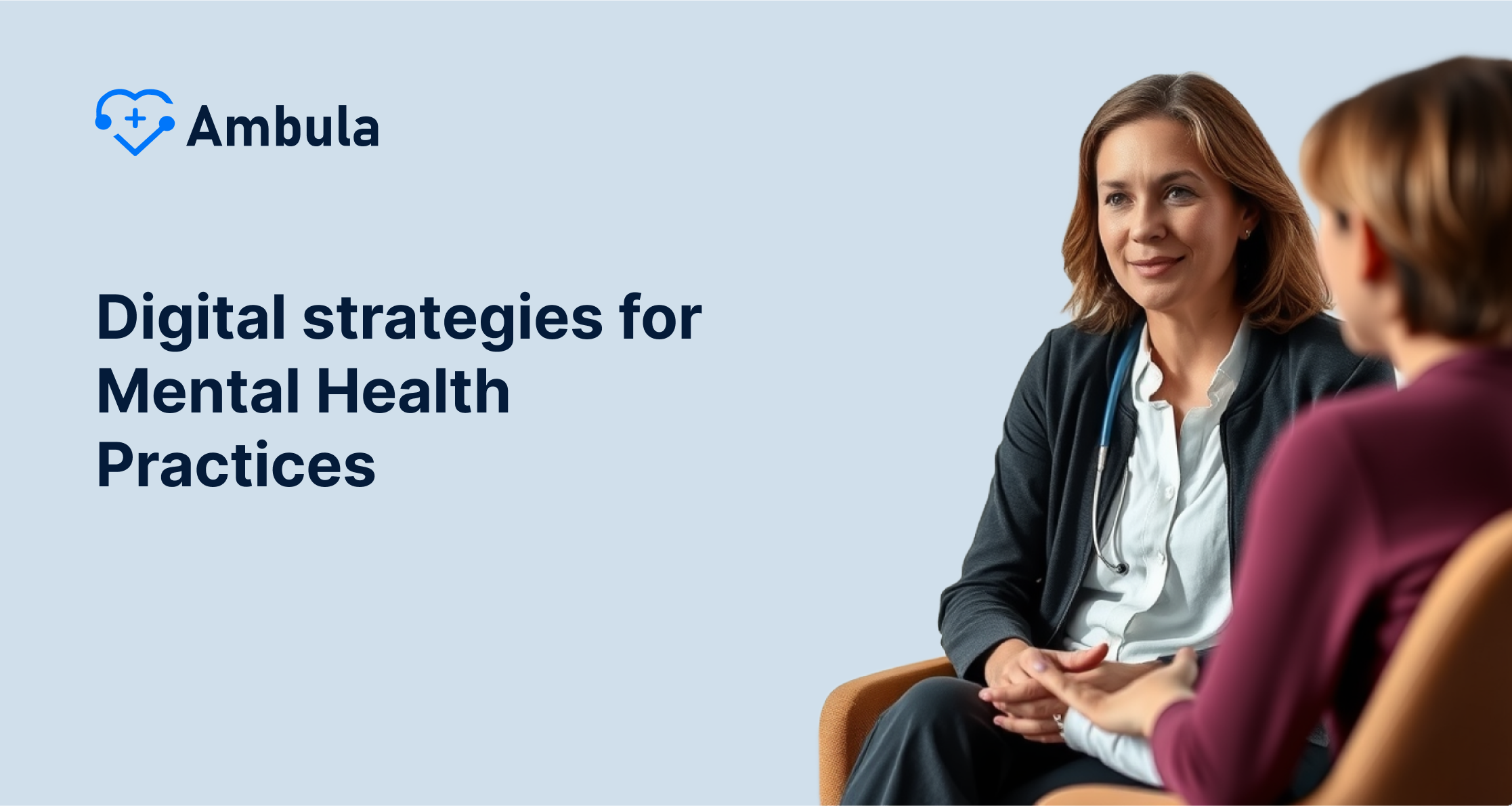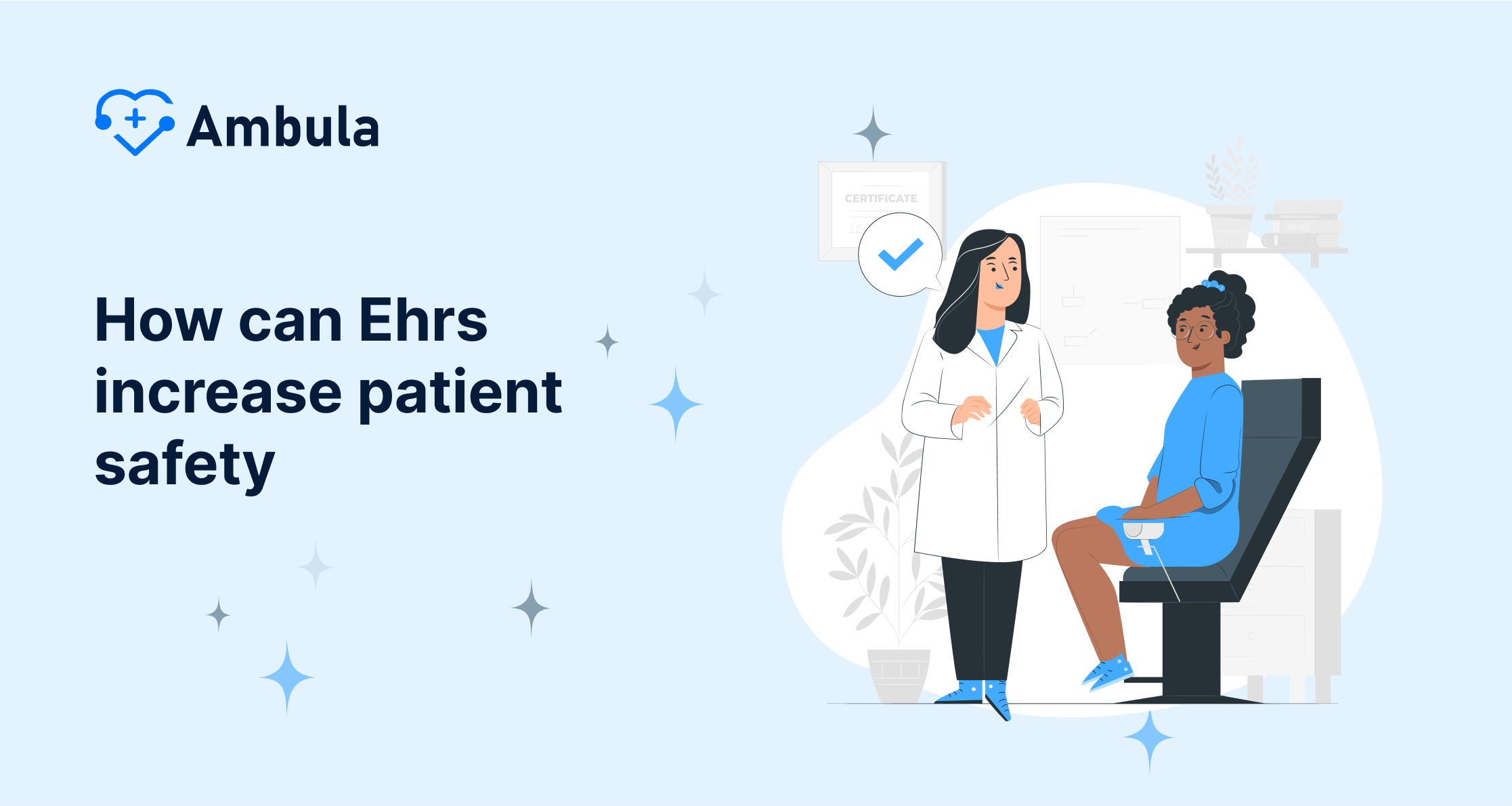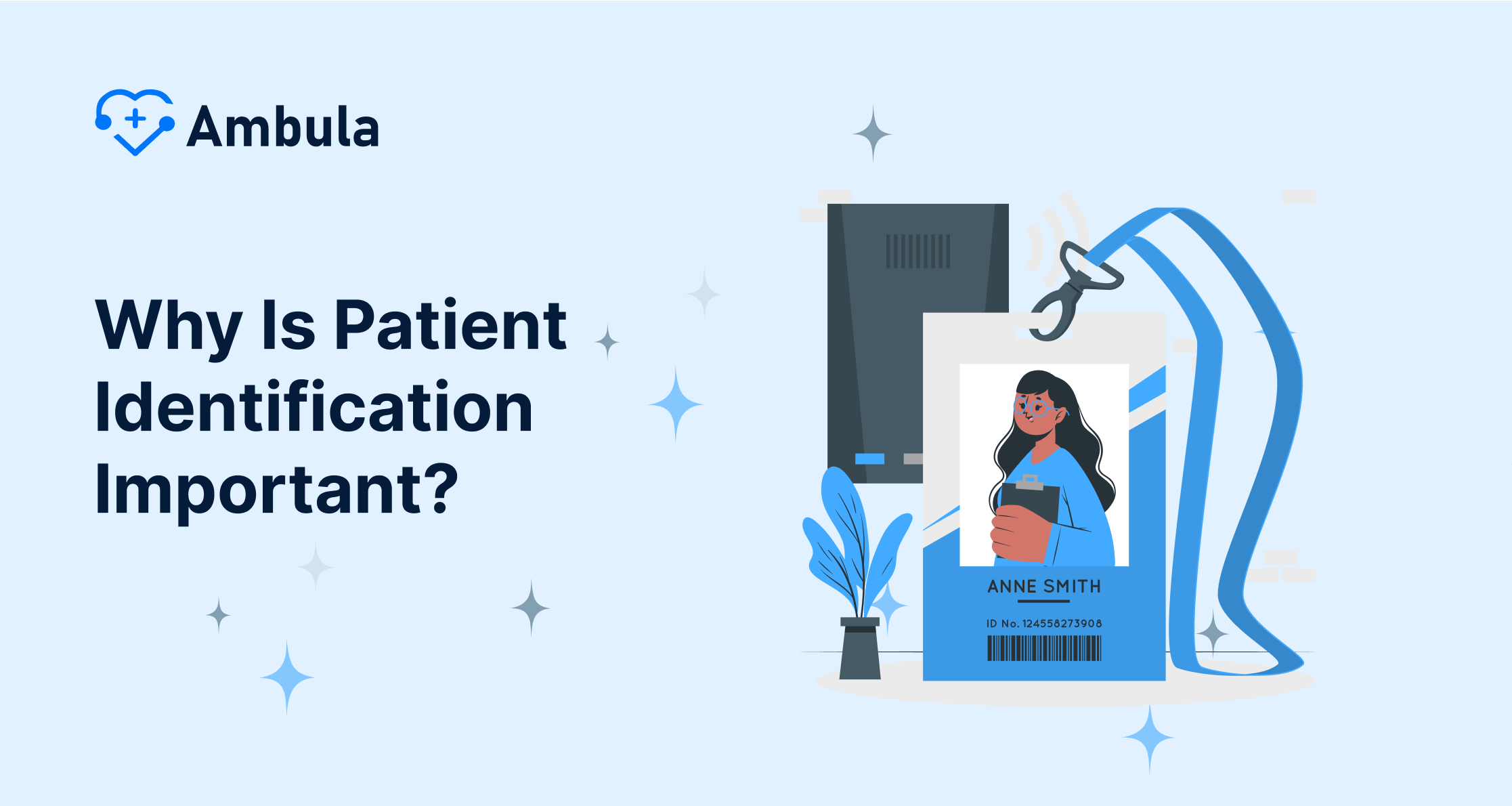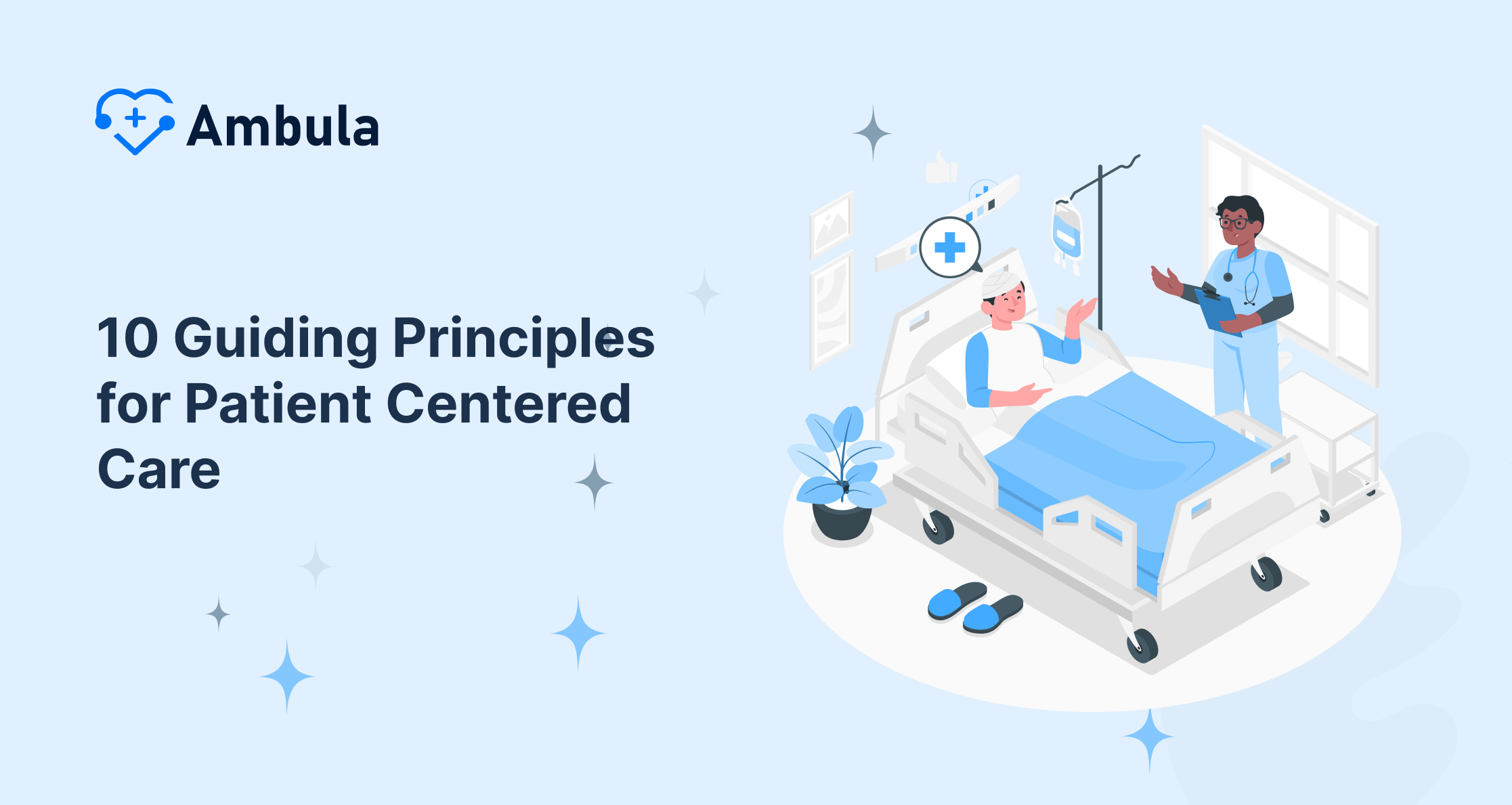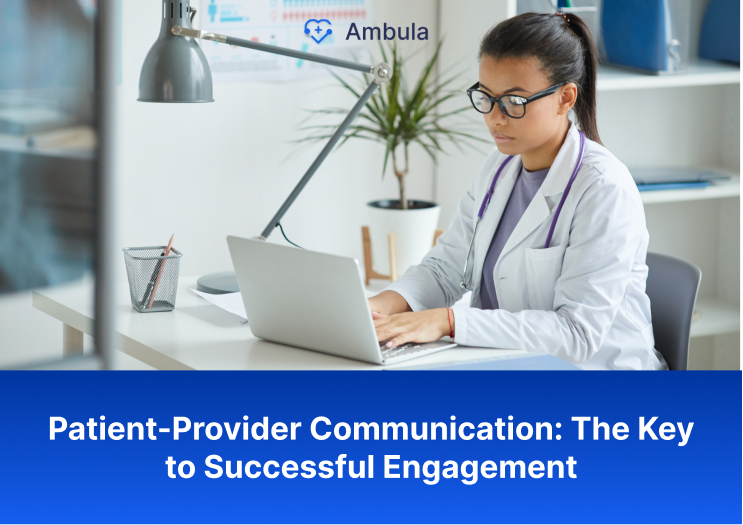
Effective communication between patients and healthcare providers is essential for successful engagement in healthcare. The ability to communicate effectively allows for a better understanding of the patient’s needs, improved treatment outcomes, and, ultimately, better overall health for the patient. This article will explore the importance of patient-provider communication and how it can be improved.
- Importance of patient engagement
- Importance of Patient-Provider Communication
- Barriers to Effective Communication
- Improving Patient-Provider Communication
- The Role of Technology in Improving Communication
Importance of patient engagement
Patient engagement is essential in improving healthcare outcomes, allowing for greater collaboration between patients and providers. Research has shown that when patients are more engaged in their care, they are more likely to take their medications, follow up on recommended treatments, and become more knowledgeable about their health. This can lead to improved health outcomes and increased patient satisfaction.
Engaged patients have been shown to have better communication with their providers, leading to better relationships and improved patient-provider interactions. Ultimately, patient engagement is essential to improving healthcare outcomes and should be encouraged for all patients.
Importance of Patient-Provider Communication
Effective communication between patients and healthcare providers is critical for successful healthcare engagement. Studies have shown that patients who feel heard and understood by their healthcare providers are more likely to adhere to treatment plans, take their medications as prescribed, and have better overall health outcomes. Additionally, when patients feel that their healthcare providers are listening to and taking their concerns seriously, they are more likely to trust them and have a better overall experience with the healthcare system.
Barriers to Effective Communication
Despite the importance of effective communication, several obstacles can prevent it from occurring. One of the most significant barriers is the lack of time healthcare providers spend with their patients. With the increasing demands of healthcare systems, healthcare providers often have less time to spend with patients, leading to rushed appointments and less opportunity for patients to share their concerns and ask questions.
Another barrier is medical jargon, which can be confusing for patients who may not have a medical background. In addition, cultural and language differences can also contribute to communication barriers.
Improving Patient-Provider Communication
Several strategies can be implemented to improve patient-provider communication. One of the most effective strategies is to provide patients with clear and concise information about their health condition and treatment plan. This can be done through brochures, videos, and other educational materials.
Another strategy is to allow patients to ask questions and share their concerns during appointments. This can be done by allowing extra time for meetings or enabling patients to schedule follow-up appointments to discuss any remaining problems.
In addition, healthcare providers can also improve communication by using plain language and avoiding medical jargon.
The Role of Technology in Improving Communication
Technology can also play a role in improving patient-provider communication. For example, telehealth services, such as video consultations, can allow patients to communicate remotely with their healthcare providers. This can be particularly beneficial for patients who live in remote areas or have difficulty traveling to appointments.
In addition, electronic health records (EHRs) can also improve communication by providing healthcare providers with a centralized location to access patient information and track treatment progress.
Conclusion
Effective communication between patients and healthcare providers is critical for the success of healthcare engagement. By understanding the importance of communication, identifying barriers, and implementing strategies to improve communication, healthcare providers can help ensure that patients receive the best possible care. Additionally, the role of technology in improving communication can help bridge the gap between patients and healthcare providers, ultimately leading to better overall health outcomes for patients.

